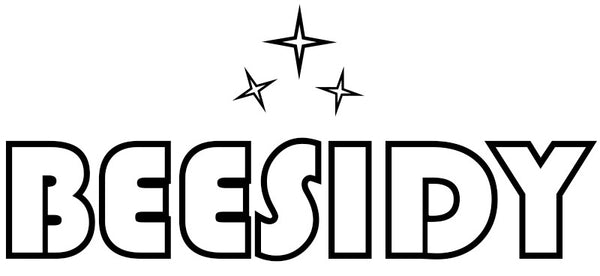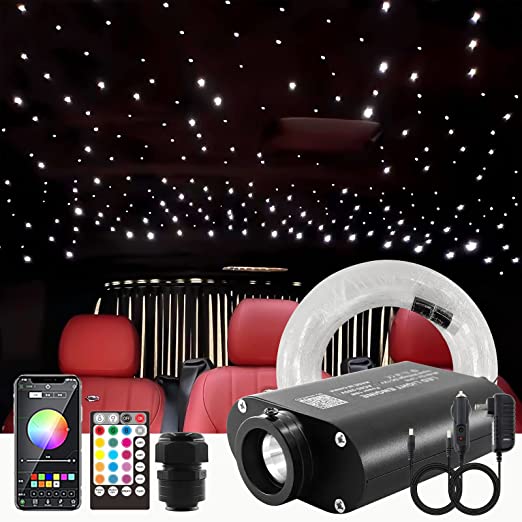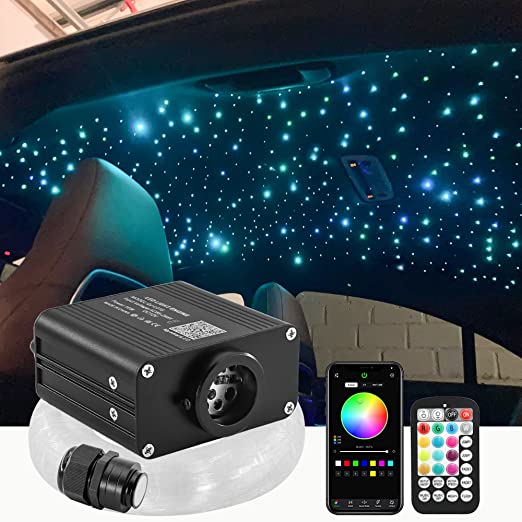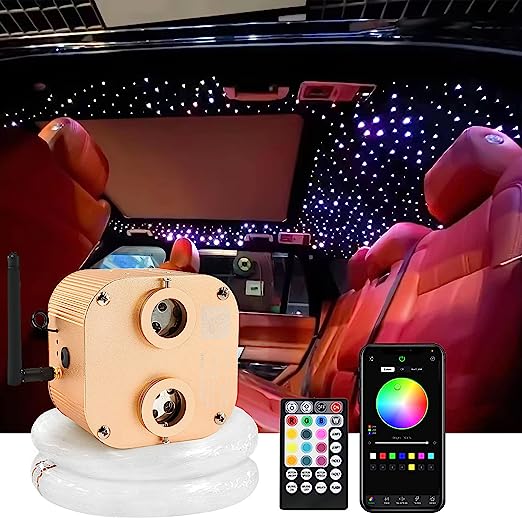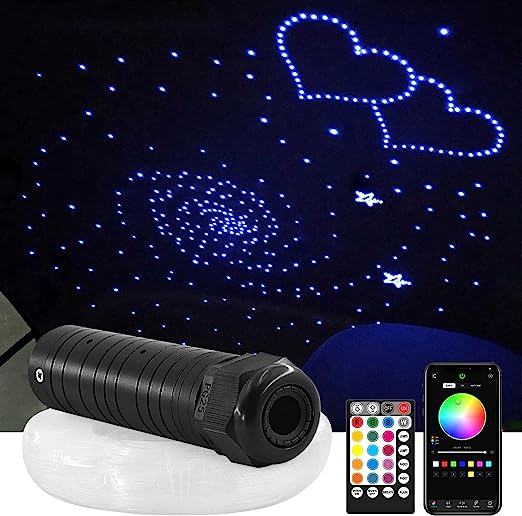When poking a hole in your headliner for a starlight headliner installation, it's important to use a sharp and precise tool that won't cause excessive damage or fraying to the headliner material. Here are a few common tools you can consider using:
Awl: An awl is a pointed tool with a sharp tip that can be used to create small holes in the headliner. It provides good control and precision, allowing you to puncture the headliner fabric without causing extensive damage.
Utility Knife: A utility knife with a sharp blade can be used to carefully cut a small slit or hole in the headliner fabric. Ensure that the blade is sharp and exercise caution to prevent any unintended tearing or damage.
Leather Punch: If your headliner material is relatively thick or made of a more rigid material, a leather punch can be effective in creating clean and precise holes. Leather punches are designed to cut through thicker materials and can provide a neat hole without excessive fraying.
Hollow Punch Set: A hollow punch set consists of various sizes of hollow punches that can be used to create clean holes in materials. Choose a punch size that matches the diameter you need for your starlight fibers or wires, and use a hammer or mallet to strike the punch and create the hole.
Remember to always start with a small hole and gradually increase the size if needed. This approach allows you to maintain control and prevent accidental damage to the headliner. Additionally, it's important to be mindful of any electrical wiring or components behind the headliner to avoid accidentally damaging them.
Beesidy starlight headliner kit is suitable for most vehicles. The kit is equipped with a drill bit for drilling. The size of the hole corresponds to the optical fiber in the same kit. You don't have to worry about the hole not being big enough for the optical fiber to pass through; and you don't have to worry about the hole being too big and the optical fiber to move easily.
If you are unsure about the best tool to use or lack experience in this type of work, it's advisable to consult a professional installer who can guide you through the process or perform the installation for you.
